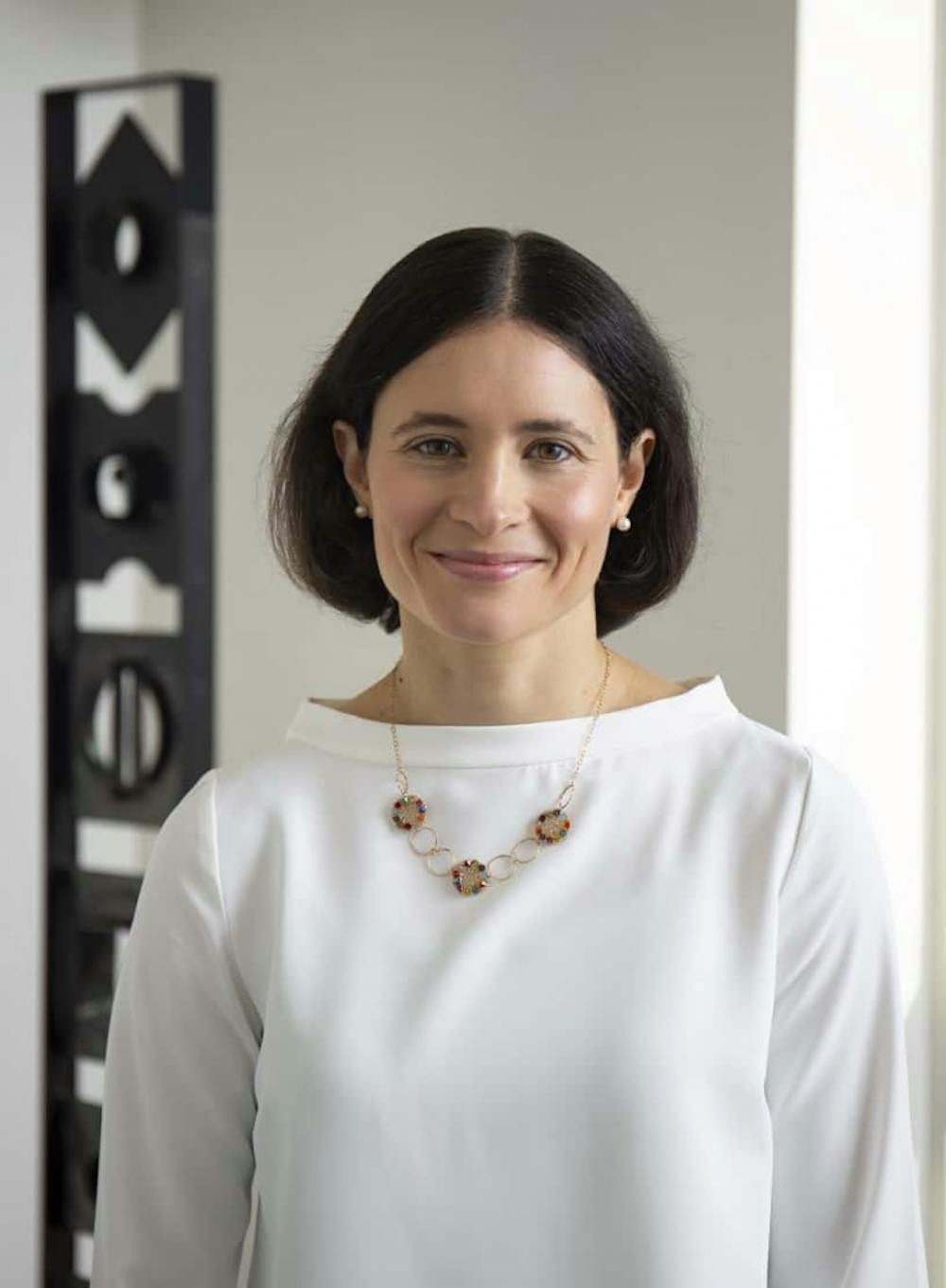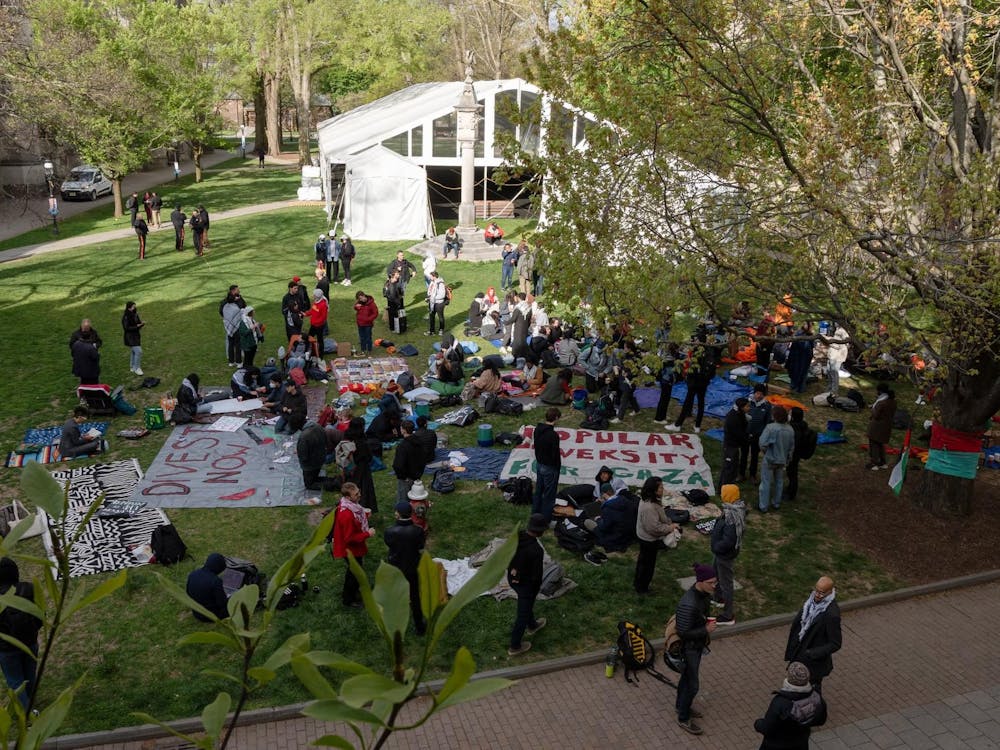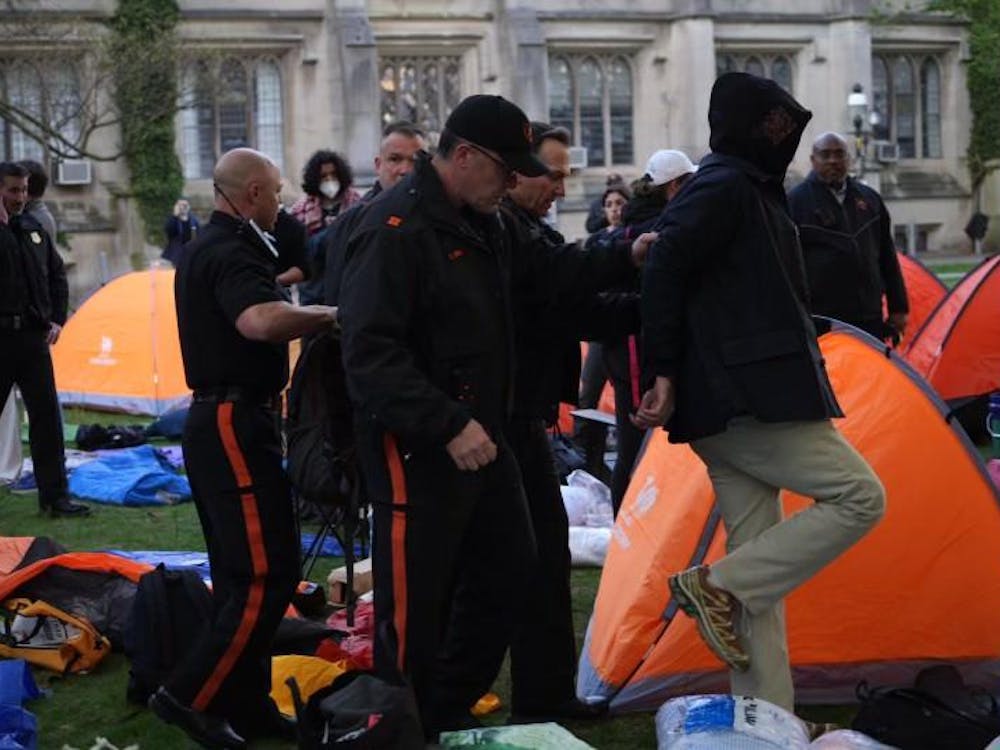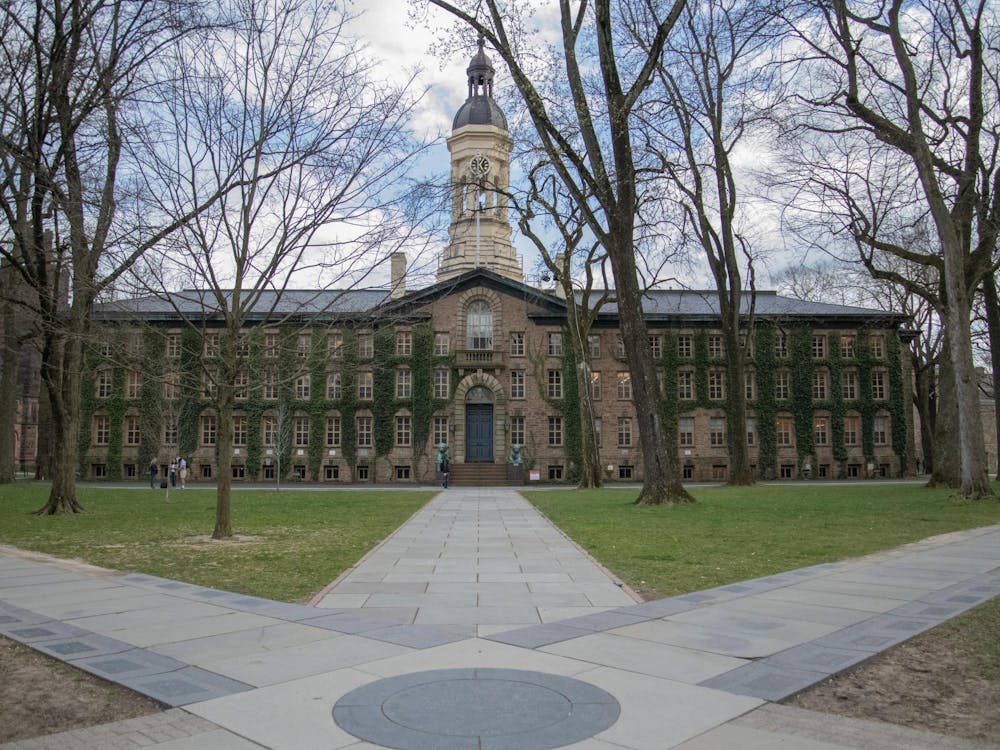Juliana Ochs Dweck has been appointed to the newly created role of chief curator at the Princeton University Art Museum.
Dweck has worked in the museum as Andrew W. Mellon curator of academic engagement since 2010. Her appointment comes just before a three-year transition beginning in 2020 as the current museum building is replaced by an updated facility to be designed by architect Sir David Adjaye of Adjaye Associates.
In her new role, Dweck will direct the museum’s curatorial programs and oversee nine of the museum’s 11 curators, of a total museum staff of about 115.
“She rose to the top very much because she made the very strong argument for the kind of intellectual leadership that we needed in that role,” Museum Director James Steward said.
Each curator catalogs and interprets the collection in his or her area of expertise, but Steward said that the aim of creating the new position was to “ensure that cross-departmental, cross-disciplinary, cross-cultural conversations are happening rather than allowing curators to operate in a more siloed model.”
Dweck earned a B.A. and M.A. at Yale University and a Ph.D. in social anthropology at the University of Cambridge. She has previously worked at the National Museum of American History, the National Museum of American Jewish History, the National September 11 Museum, Yeshiva University Museum, and the Jewish Museum of Maryland. She served as Program Chair for the 2018 Council of American Jewish Museums and wrote “Security and Suspicion: An Ethnography of Everyday Life in Israel” in 2011.
She has contributed interpretation to 50 collections, installations, and exhibitions since joining the University, including “Miracles on the Border: Retablos of Mexican Migrants to the United States” (2019), “Time Capsule 1970: Rauschenberg’s Currents” (2019), “Picturing Protest” (2018), and “Surfaces Seen and Unseen: African Art at Princeton” (2016).
Dweck said the design of the museum is developing, but she hopes to increase the representation of African and Latin American art.
In an email to The Daily Princetonian, Dweck wrote that much of her work has been creating interpretive panels for each exhibit to “mediate the relationship between the object and the viewer.”
The museum owns about 110,000 objects, but at any time only 2 percent can be displayed publicly, which was part of the motivation for constructing larger galleries. The remainder are stored in several facilities on and off campus and are studied by students and faculty. Each year, roughly 5,000 undergraduates study objects in the museum as part of their classes.
One of Steward’s focuses for the new museum is to “speak to the issues and realities of our own time.”
Last year he taught a University course on the concept of the “activist museum,” which he described as “a place of preservation but also a space of action.”

For example, last year the exhibit “Nature’s Nation” explored the historical intersection between art and environmental consciousness in America.
“It’s about understanding the arts more pluralistically,” Steward said, “It’s part of the discussion that I’m asking Julie to help lead over the next few years.”
Dweck also pointed to “Miracles on the Border: Retablos of Mexican Migrants to the United States” as a piece that challenged the viewer to consider current world issues by drawing connections to other cultures and times.
“The aim is to present art in ways that contextualize it in history and culture, that enable thinking about materiality and the experiences and intent of the makers, with the hope of generating dialogue about the meaning and relevance of a work of art without being determinedly political,” Dweck wrote in her email.
Steward said these exhibits “reinforce the idea that there is a historical background for these issues that have been so much at the forefront in the last few years,” and as a result they create dialogue apart from partisan conflict.
“In a way, they put a human face on the past,” he said.
During construction, the museum will display art in locations such as Art@Bainbridge and perhaps Firestone Library. Several exhibits will travel to other museums for display rather than remaining in storage.
The public art on campus has been under the museum’s auspices for 10 years, and it will offer another channel for displaying art during the construction. In particular, the museum hopes to integrate public art into the two additional residential colleges that will be constructed.
Recent additions to the campus collection include two grass folds designed by Maya Lin next to the Lewis Center for the Arts as well as a term-loan statue along Blair Walk portraying a colorful garment blowing up in the wind.









